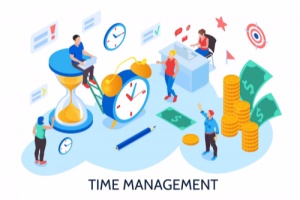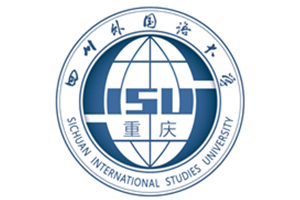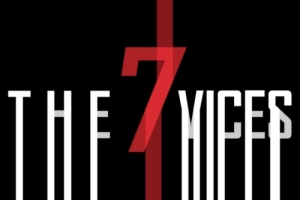Trashion vs Fashion
Narrator: Worldwide, an estimated 460 billion dollars worth of clothes that can still be worn are discarded every year. And fashion’s environmental footprint is expected to grow by sixty percent over the next ten years.
A truly circular set of solutions are needed to solve the issue of how clothes are made, and what we do with them afterwards. Artisan Fashion was created in 2009 out of the United Nations Ethical Fashion Initiative.
Robin MacAndrew: At Artisan Fashion, we make bags, accessories and apparel for international luxury brands: Stella McCartney, Vivienne Westwood. We engage artisans in communities right throughout the region to create employment opportunities and economic development. We are able to reliably deliver large collections for these brands, year after year.
Narrator: Elsewhere, the Fashion Pact, a newly formed group of seventy-five CEO’s is creating a list of goals for their own companies like achieving 25% of key raw materials being low climate impact by 2025, and eliminating problematic and unnecessary plastic packaging by 2030. But the question on many investor’s minds is one of financial sustainability.
Robin MacAndrew: If we roll back ten to twelve years, we were a United Nations-subsidised project. And there were many commercial parties that jumped on board that made us commercially viable as well as socially sustainable.
Narrator: Artisan has recently joined forces with fashion start-up Converte. Converte are hoping to change the linear business model of most fashion brands into a circular one by engaging with the issue of waste.
Allison Turnley: Deconstructing the linear, fast fashion model and having a look at: what were the strengths of fast fashion? It democratised it. It was affordable. I don’t want to lose that. What we need to do now is look at the issue of the waste; engage with the waste actively, dynamically. A shirt is a shirt until it no longer is required as a shirt. And then it’s a raw material.
Sustainable fashion is really exciting. But it’s generally very expensive. It felt to me that the Gen-Zers had no choice. They’ve been disempowered. You can buy a bandeau from a fast fashion brand, or for the same price you can buy a bandeau from Converte that is made from an upcycled back seam of a man’s shirt.
Robin MacAndrew: I think the difference with Converte is that it’s not a retrofit sustainability. The whole ethos and economy comes from a point of sustainability. It’s really three layers of profitability. The first one is environmental profit. The next one is social profit. And then finally, it’s financial profit.















